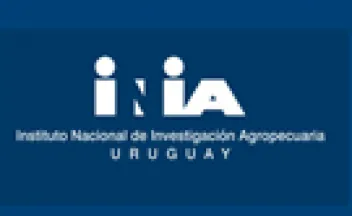O81. Livestock ruminant production systems and value chains contributing towards a more sustainable world:opportunities and challenges. [conference abstract].

The anti-meat consumption trend is installed globally, where different organized and influencer collectives propose a transformation of agri-food systems and a diet practically free of red meat. The narrative is mainly based on the negative effects of meat consumption on human health, the environment, and cruelty to animals. However, evidence based on scientific information is counteracting these visions. At least 500 million people around the world are totally dependent on livestock for their livelihood and food security.
